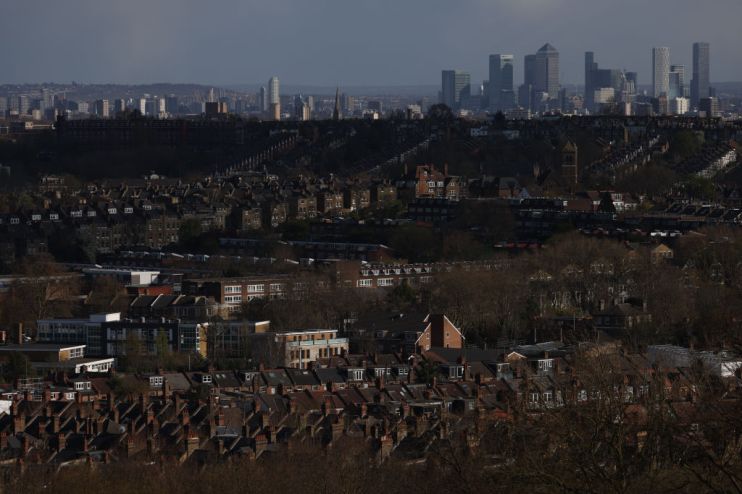Rich Brits only group to pocket disposable income rise as inflation chokes poorest families’ finances

The richest households in the UK are the only group to have undergone a living standards improvement over the last year, while poorer families are being whacked by sky high energy and food bills, according to research out today.
Top earners in Britain have seen their post-bill weekly income increase 2.1 per cent over the year to May, up to £754.
That compares to falls in every other income group over the same period, with the poorest families suffering a big drop in discretionary income, down more than 30 per cent to minus £76, meaning they couldn’t cover basic bills.
Middle income Brits also absorbed a 23.3 per cent hit to their weekly disposable incomes, down to £60.
The numbers, pulled together by supermarket Asda and research firm the Centre for Business and Economics Research (CEBR), illustrate the unequal experiences Brits have undergone during the more than year-long cost of living crisis.
“Continually weak spending power is the result of elevated and sticky inflation. The fact that inflation remains concentrated in essential spending categories, such as food and housing, is also a key factor,” the survey said.
Average weekly incomes in the UK rose 0.9 per cent, or £1.85, to £207. It was the first increase since October 2021.
Core inflation – which strips out volatile food and energy prices – actually increases in May to 7.1 per cent, the highest rate in over 30 years and up from 6.8 per cent. Services inflation is also running at over seven per cent.
While wages have been accelerating at the fastest pace in years, up 7.2 per cent, they have trailed headline inflation for around a year and a half, eroding households’ spending power quickly.
But high earners have actually pocketed among the largest pay growth. The Bank of England last week said the highest wage settlements were mainly concentrated in the financial and professional services sectors.
“The bottom four income quintiles are still witnessing annual falls in spending power. The fall has been particularly stark for those in the second quintile, with such households having seen their discretionary incomes fall from positive to negative territory over the course of the cost-of-living crisis,” the CEBR and Asda’s research found.
A reduction in global energy prices is set to ease the pain on family finance after it feeds through to bills following the implementation of Ofgem’s new, lower price cap of just over £2,000 in July. Typical energy bills have been pegged by the government at £2,500 for nearly a year.
Bank Governor Andrew Bailey and the rest of the monetary policy committee last week hiked interest rates 50 basis points to five per cent, their highest level since 2008, heaping more pressure on already strained households.
However, the increase is designed to bring down inflation, which should relieve some of the financial tension families are experiencing over the long run.
Financial markets think more rate rises are coming. Borrowing costs are tipped to peak at more than six per cent.
Those higher peak rate bets have sent mortgage rates beyond six per cent, which will wipe out a big chunk of middle and higher income groups’ – they are more likely to be on the housing ladder – finances after they remortgage.
Analysis from the Institute for Fiscal Studies has found around 1.4m households will suffer a 20 per cent drop in their disposable income after the roll on to a new mortgage with much higher rates.
However, middle income and younger Brits are likely to be the groups who bear the brunt of that pain, the IFS said last week.